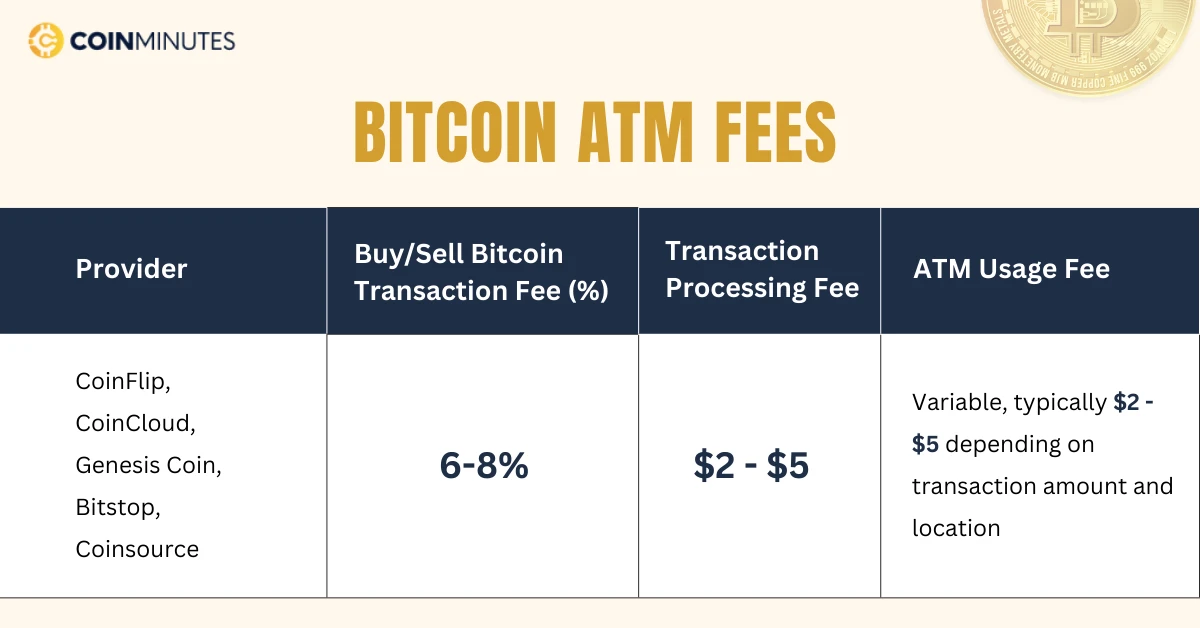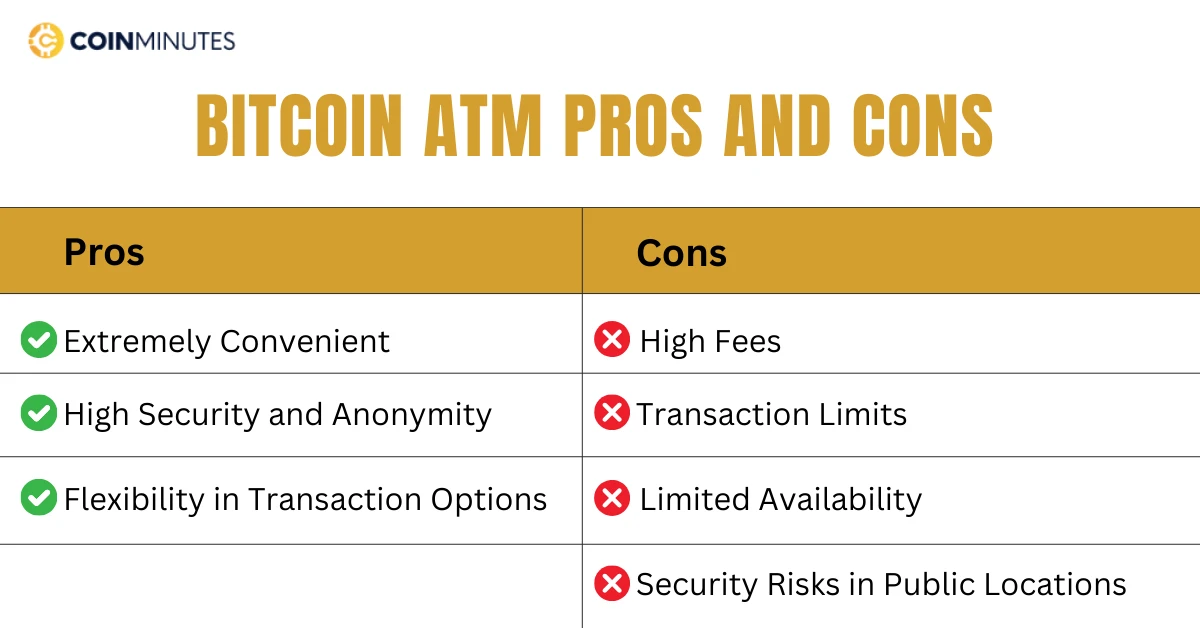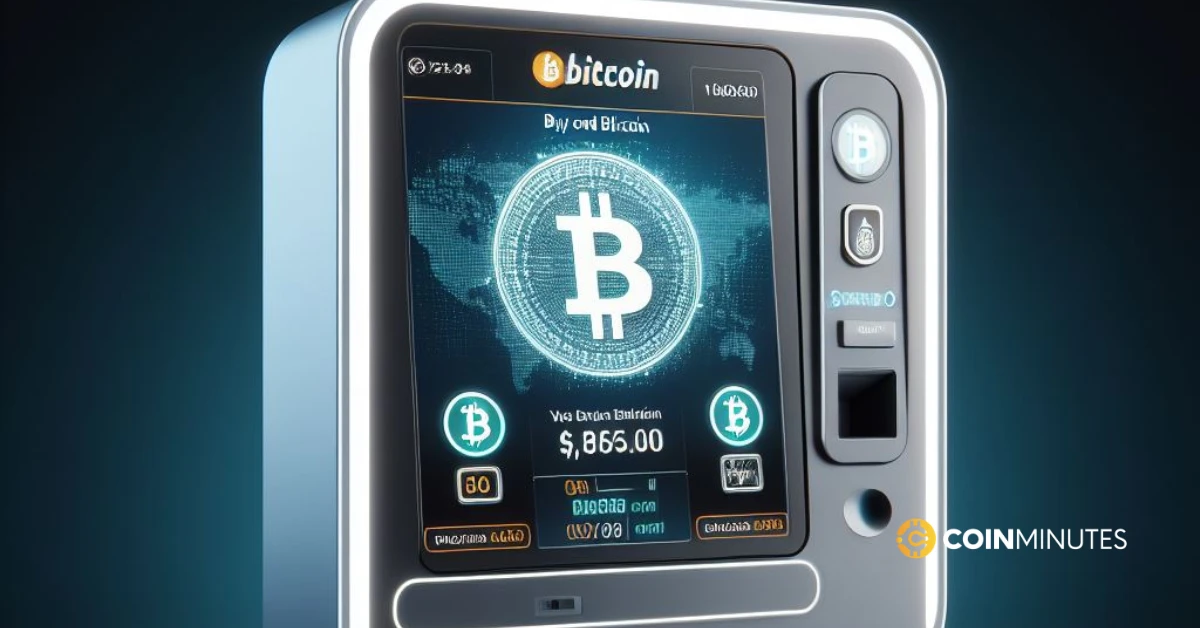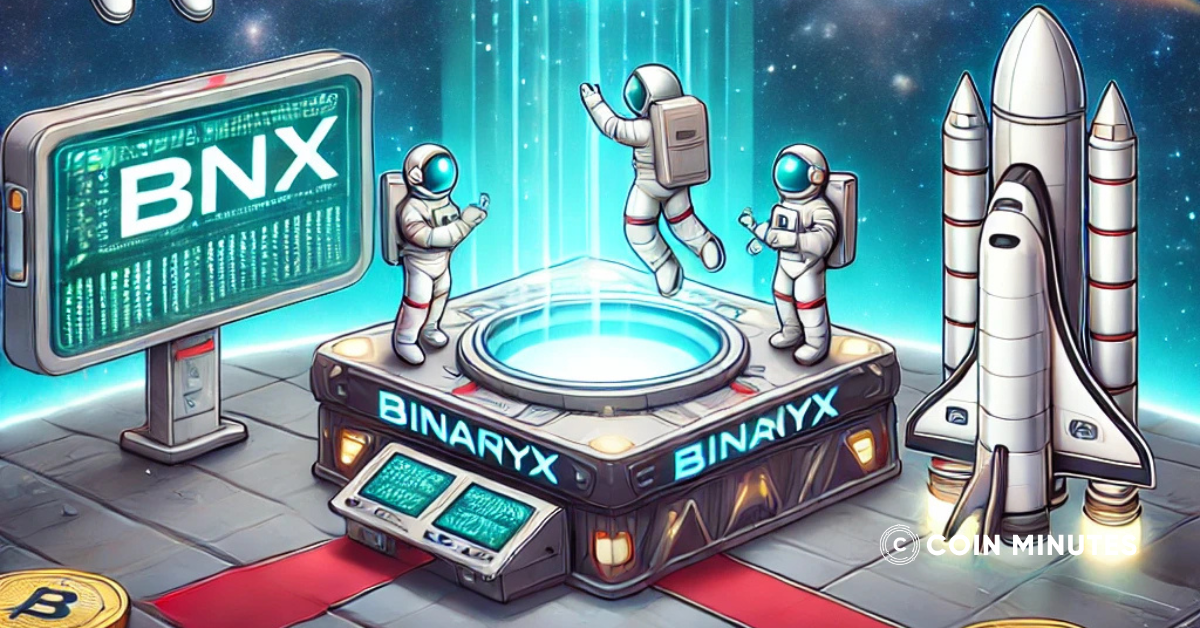Bitcoin ATMs are becoming an increasingly common sight, offering a convenient way for users to buy and sell the popular cryptocurrency.
Unlike traditional ATMs connected to bank accounts, Bitcoin ATMs facilitate transactions by linking to a user’s digital wallet, allowing for quick and secure exchanges of Bitcoin and other cryptocurrencies.
This technology represents a significant step in the mainstream adoption of digital currencies, providing an accessible entry point for those interested in exploring the world of cryptocurrency.
Let’s learn about Bitcoin ATMs in this article.
Key Takeaways
|
What Is a Bitcoin ATM?
A Bitcoin ATM, also known as a BTM, is a self-service machine that provides users with the ability to buy or sell Bitcoin using cash or credit/debit cards. Think of it as a specialized ATM designed specifically for cryptocurrency transactions. While a traditional ATM dispenses fiat currency like dollars or euros, a BTM deals exclusively with digital currencies like Bitcoin and other cryptocurrencies.
How Do Bitcoin ATMs Work?
Bitcoin ATMs work by connecting to the internet and accessing a cryptocurrency exchange to provide real-time exchange rates. They convert cash into Bitcoin, or vice versa, by linking to the user’s Bitcoin wallet via a QR code. Transactions are processed on the blockchain, and once completed, a record is added to the wallet. Bitcoin ATMs allow users to do two main types of transactions: buying or selling.
Some Bitcoin ATMs may request users to provide a phone number for text verification and a form of government-issued identification for larger transactions. These steps enhance security and comply with regulatory standards. Users should be prepared to follow these procedures when using Bitcoin ATMs for higher-value transactions.
Crypto ATM fees average around 15-16% per transaction and can rise above 20% depending on the operator and transaction type, according to data compiled by Coin ATM Radar.

Types of Bitcoin ATM
Unidirectional Bitcoin ATMs: These machines support one-way transactions, either allowing users to buy Bitcoin using cash or sell Bitcoin for cash. They are typically more common and straightforward in functionality.
Bi-directional Bitcoin ATMs: Also known as two-way ATMs, these machines offer both buying and selling capabilities. Users can purchase Bitcoin with cash or sell Bitcoin for cash using these ATMs. Bi-directional ATMs provide more flexibility but are less common compared to unidirectional ones.
What Are Bitcoin ATM Fees?
Transaction Fees: These are charges applied by the ATM operator for each transaction. It can be either a percentage of the total transaction amount or a flat fee.

Note: The transaction fees listed above are estimates based on typical information. However, these fees can vary depending on specific locations and the time of use.
For detailed information about fees and transaction conditions, it’s recommended to directly check with each Bitcoin ATM provider or visit their official websites for the most up-to-date information.
Exchange Rate Differentials: Bitcoin ATMs calculate exchange rates based on real-time market data. The rate used at the time of the transaction may differ from the rate at the time of initiation, resulting in an exchange rate differential.
Additional Fees: Some Bitcoin ATMs may have additional fees, such as network fees or operational fees, depending on the operator.
The total cost of the transaction will include these fees, which can vary depending on the specific ATM and location. Users should be aware of this aspect and consider it while utilizing Bitcoin ATMs.
How to Find a Bitcoin ATM?

To find a Bitcoin ATM, you can use the following three methods:
- Utilize Websites like CoinATMRadar: These platforms provide maps and directories of Bitcoin ATMs worldwide. Users can search for nearby Bitcoin ATMs based on their current location or specific criteria such as supported cryptocurrencies or buy/sell capabilities.
- Search for Bitcoin ATMs on Google Maps: Simply enter “Bitcoin ATM” in the search bar on Google Maps to discover ATMs near your location. This can be a quick and convenient way to find ATMs in your area.
- Follow Manufacturers’ Websites of BTM: Keeping an eye on the websites of Bitcoin ATM manufacturers is another effective method. These manufacturers often provide updates on newly installed ATMs, upcoming locations, and partnerships, allowing users to stay informed about the latest developments in the Bitcoin ATM network.
Using these methods, you can efficiently locate Bitcoin ATMs near you and access cryptocurrency services with convenience.
How to Use Bitcoin ATM
If you want to use a Bitcoin machine, here are the steps to follow to complete a transaction successfully.
Buying Bitcoin with an ATM
- Create an Account: Sign up with the Bitcoin ATM operator.
- Get a Bitcoin Wallet: Download a Bitcoin Wallet app on your smartphone.
- Insert Cash: Put cash into the ATM
- Choose Wallet Address: Specify where you want the Bitcoin to go.
- Confirm and Receive: Receive a confirmation that your Bitcoin wallet now holds the secure record of this transaction
Let’s say you insert $100. The Bitcoin ATM operator then sells you $100 worth of Bitcoin at the market price at that moment, minus their operating fee. Some operators also deduct the miner’s fee.
Selling Bitcoin with an ATM
- Create an account with the ATM operator if you don’t have one.
- Use the ATM kiosk to log in, enter the amount of Bitcoin you want to sell, and provide your wallet address.
- Wait for the transaction to be verified on the Bitcoin network.
- Once verified, receive a notification and withdraw your cash.
More about how to use BTM: coinminutes.com/learn/how-to-use-bitcoin-machine-to-send-money
Note: Bitcoin ATM operators differ in speed and fees. Some may take longer and charge higher fees. Plus, getting help if you have problems can be tough.
Additionally, governments tighten regulations on Bitcoin and cryptocurrencies to ensure compliance with financial laws and prevent money laundering, and tax evasion. As a result, some Bitcoin ATMs may require user identity verification. Therefore, individuals looking to transact anonymously should take note of this requirement.
Pros and Cons of Bitcoin ATMs

These innovative machines offer a convenient way to trade cryptocurrency for cash and vice versa, right at your fingertips. But like any financial service, Bitcoin ATMs come with their own set of pros and cons. Let’s dive into the details to help you make an informed decision about whether Bitcoin ATMs are right for you.
Pros:
- Extremely Convenient: Bitcoin ATMs provide a quick and convenient way to buy or sell Bitcoin, accessible in physical locations.
- High Security and Anonymity: Some Bitcoin ATMs offer high levels of security and support anonymous transactions, preserving user privacy.
- Flexibility in Transaction Options: Bitcoin ATMs often support various transaction methods and payment options, catering to different user preferences.
Cons:
- High Fees: Bitcoin ATMs typically charge higher fees compared to online exchanges, which can significantly impact transaction costs.
- Transaction Limits: Some Bitcoin ATMs impose transaction limits, restricting the amount of Bitcoin that can be bought or sold in a single transaction.
- Limited Availability: Bitcoin ATMs are not universally accessible; they may not be available in all regions or countries.
- Security Risks in Public Locations: Conducting Bitcoin transactions in public places where ATMs are located can expose users to potential security risks.
The Bottom Line
So there we have our answer to “What is a Bitcoin ATM?” Bitcoin ATMs represent a pivotal innovation in the evolving landscape of cryptocurrency, providing a crucial bridge between traditional fiat currency and the digital realm of assets like Bitcoin. These machines offer users a streamlined pathway to convert cash into digital currencies and vice versa, fostering greater accessibility and convenience within the cryptocurrency ecosystem.
To fully leverage the benefits of Bitcoin ATMs, users should prioritize safety and diligence. Thoroughly researching transaction fees and understanding transaction limits are essential steps to maximize the value of each transaction. Additionally, users should exercise caution by avoiding conducting transactions in insecure or unfamiliar environments, safeguarding both their financial assets and personal well-being.








